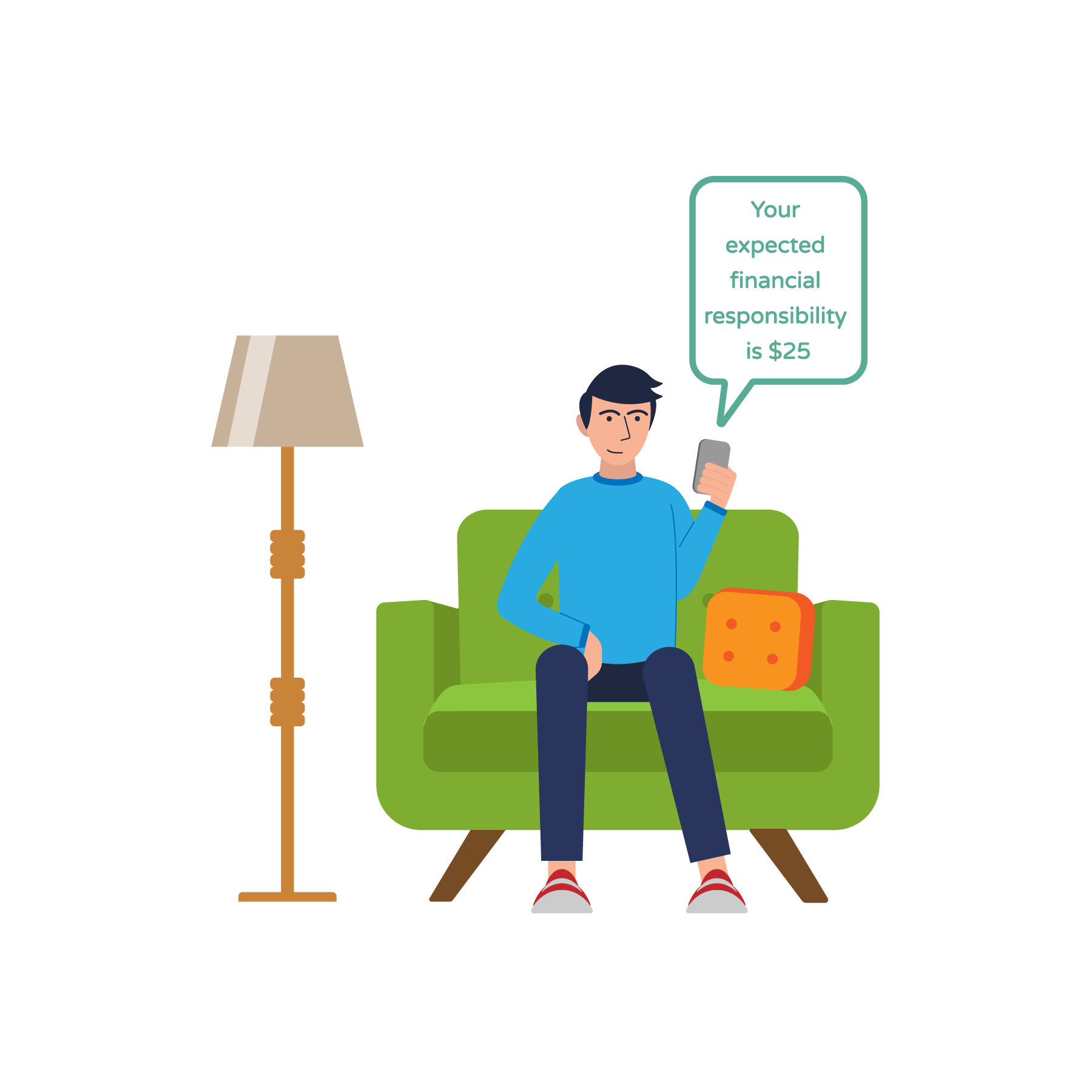What to Expect in 2022
There should be no surprises for patients when it comes to their medical financial responsibility.
On December 27, 2020, the No Surprises Act was signed into law as part of the Consolidated Appropriations Act of 2021, Public Law 116-260.
What does this mean for your practice?
Maybe you don't have to worry about surprising your patients with out-of-network costs since your practice isn't a large Emergency Room. You may already have a process in place for letting patients know about the costs of services before they show up for a procedure.
However, the No Surprises Act may have some additional factors that will impact your speciality practice. Are you ready to roll out estimations for all patients?
Help Your Front Desk Staff Be Ready
Your patients may have questions as it relates to the No Surprises Act.
Help your staff be prepared by keeping them up to date with legislation.
If you are going to roll out Good Faith Estimates, review the new format with your first desk staff first and answer their questions.
Frequently Asked Questions
What is the
No Surprises Act?
Beginning in January of 2022, as a healthcare provider you must give patients an estimate for the appointment they scheduled, including any services they may be receiving from out-of-network providers and be prepared to write-off any fees that exceed the in-network costs.
The No Surprises Act seeks to protect patients from unexpected medical bills and include transparency regarding in-network and out-of-network fees.
Why do I
need to worry?
The No Surprises Act was put in place to protect patients from unexpected medical bills which typically were the result of balance billing from out-of-network providers. To make sure your practice is complying, you need to supply patients with an estimate for the cost of services based on their benefits prior to services being rendered. For self-pay or uninsured patients, you need to provide a good faith estimate.
What happens
if I don’t comply?
While the No Surprises Act is a federal law, each state will have a role in enforcing the law. For any services you provide that are covered by the No Surprises Act, you are not allowed to bill patients more than the in-network cost. Failure to comply could result in a penalty of up to $10,000 per violation.
How does the No Surprises Act
impact self-pay patients?
Since you will not be able to run eligibility to see what their insurance will cover, you will need to provide self-pay patients with a good faith estimate that covers the list of items and services you expect their appointment will incur, along with the applicable diagnosis codes and service codes. Read more on CMS.gov.
What if our practice doesn’t estimate
the charges correctly for self-pay patients?
If the actual charges for the care provided exceed the good faith estimate by more than $400, the patient can dispute their bill through a new patient-physician dispute-resolution process. Patients can also choose to be treated by an out-of-network physician at an in-network facility. But before services are performed, the physician must gain the patient’s formal consent.
You can find a template on the Centers for Medicare & Medicaid Services website.
Top Resources on The No Surprises Act
5 Ways the No Surprises Act Will Impact Your Practice
The ban on surprise billing and good faith estimate requirements of the No Surprises Act went into effect on January…
Don’t Get Surprised by the No Surprises Act – Prepping Your Practice for Compliance
Price transparency in healthcare – what does this mean for physicians and practices? In this 45-minute webinar, Clearwave’s Chief Product…
Cut Through the Noise: Easy Ways to Offer Patient Financial Transparency
Reading Time: 3 minutesThe 2022 No Surprises Act (NSA) If you’ve looked at the NSA’s provider requirements for patient financial transparency and fallen…
What is the No Surprises Act?
Reading Time: 2 minutesThe No Surprises Act (NSA) went into effect on January 1, 2022, protecting patients from surprise medical bills after treatment…





